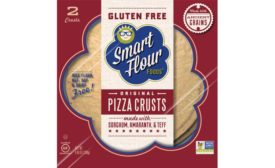Trends
Snack mixes' popularity continues to grow among millennials and boomers
Versatile snack mixes continue to meet the varied snacking requisites of millennials and baby boomers.
May 11, 2016
Functional ingredients for snack and bakery challenges
A host of functional ingredients―from fats and oils to fibers and starches―are available to help bakers and snack producers resolve formulation challenges.
May 10, 2016
Keep the info flowing with our eNewsletters!
Get the latest industry updates tailored your way.
JOIN TODAY!Copyright ©2024. All Rights Reserved BNP Media.
Design, CMS, Hosting & Web Development :: ePublishing










